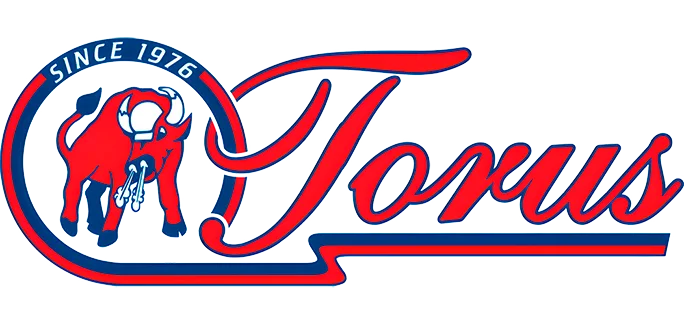The Design Process
Decades of experience and knowledge of both landscape design and construction are brought to bear during the design process to produce the highest quality finished product in every job. Our knowledgeable staff will guide you through the process, as follows:
areas to be concreted are discussed and decided upon
pattern and colour choices are discussed and decided upon
our staff will take site measurements
changes are incorporated into the final design and we’re ready to go!
There are several stages to the stamped concrete construction process. Our work crews specialize in particular stages of the construction process while proficient construction and project management oversee every step. This approach is very time efficient and, more importantly, allows us to keep quality standards at their highest. The overall process proceeds as follows:
Layout and excavation
Forming
Grading/reinforcing steel
Concrete placing
Framework removal
Control joints
Pressure washing & site clean-up
Sealing
Snow Removal
A plastic shovel can be used to remove snow from stamped concrete as you would on any other hard surface. Snow blowers can also be used, but care must be taken to ensure that the rotating blades do not touch the concrete surface. Make certain that the guides on the snow blower that actually do make contact with the concrete are not sharp to eliminate scratching of the surface.
The blade on any truck used to clear snow from your driveway must be fitted with a ‘plastic’ guard along the bottom of the blade to eliminate scratching of the surface.

Ice Removal
De-icing products should NOT be used on stamped concrete during the first winter of installation. In the second winter you can begin using only ‘concrete friendly’ deicing products. Never use any products containing magnesium chloride, nitrates, urea or sugar beets on concrete.
Keeping your concrete clear of snow will reduce the need for deicers altogether. Any snow left on your driveway or front walks will melt on warmer days and then freeze up at night creating the need for deicers. Sprinkling a little ‘brick sand’ on these wet areas will help to absorb this moisture and will also aid with traction. It is generally good practice to use ‘brick sand’ on concrete at anytime during the winter season, just as you see being used on city roads. Concrete friendly deicing products and brick sand can be purchased at most homebuilder supplies.
During some of the warmer winter days, Torus Construction recommends rinsing down your concrete driveways, this will wash away or at least help to dilute salts and deicers that have been tracked in from daily driving.
With stamped concrete you get all the beauty of slate, flagstone, cobblestone, brick and other textures along with all the structural benefits of concrete. With very little service and maintenance you will protect your investment and help to maintain its beauty and integrity for many years.
Cleaning/Pressure Washing
When cleaning your stamped concrete, in most cases a simple hosing is all you need. When required, a non-corrosive cleaning detergent can be used together with scrubbing using a hard bristle broom. If available, a small pressure washer can also be used.
Resealing
It is very good practice that this original seal be as worn as possible before re-sealing is performed. It is normal for any sealed concrete surface to wear inconsistently as some areas undergo more wear than others.
Some may choose to never re-seal again after this first re-seal, which is fine. Do not over seal your stamped concrete. Many customers will make the mistake of resealing every year when not required. Depending on sun exposure and traffic flow, concrete sealers wear differently. Therefore, it is best practice to let the sealer wear down before reapplying (you will see a color change) Any over sealing will create an unnecessary buildup of sealer ultimately leading to surface issues (i.e. imbedded moisture, hazy white surface, peeling of sealer, etc.).
Avoid the use of low quality retail sealers as they more than often have negative reactions especially when mixed with high quality VOC compliant acrylic sealers. An improperly or over sealed concrete surface is sometimes beyond the point of repair and may require stripping. Stripping sealer is a very expensive and unnecessary procedure.
